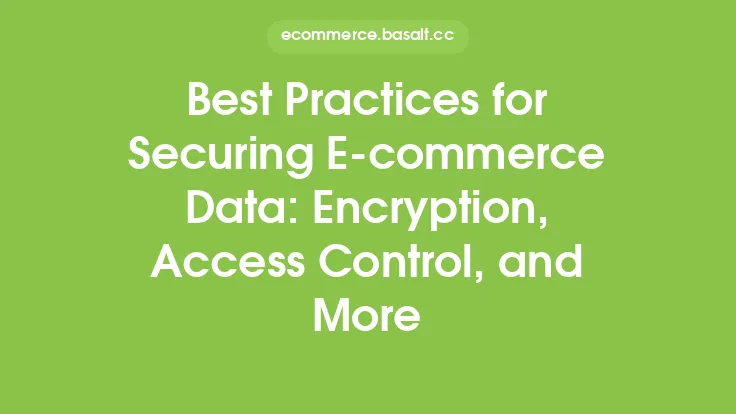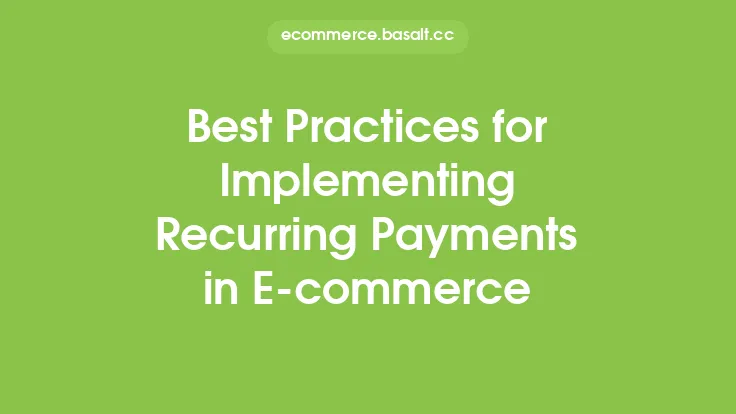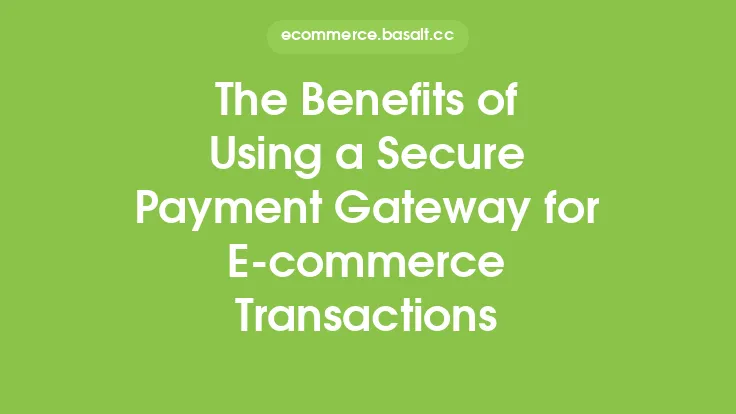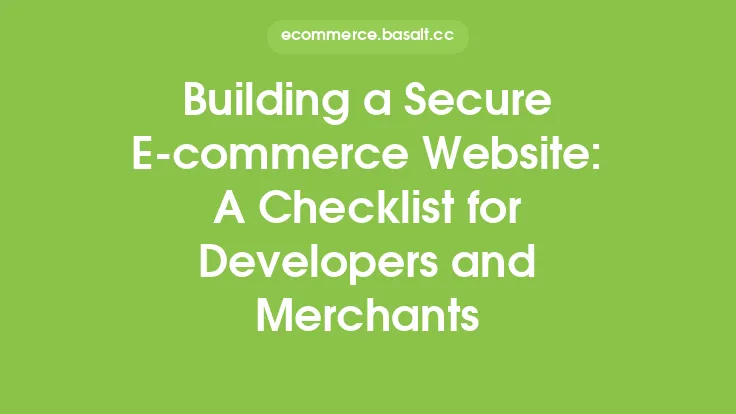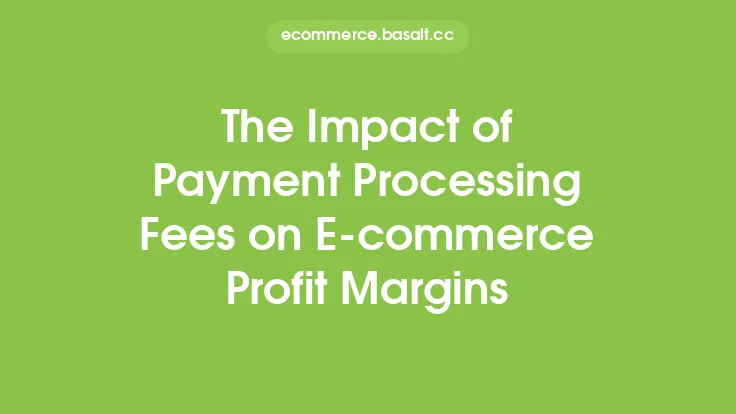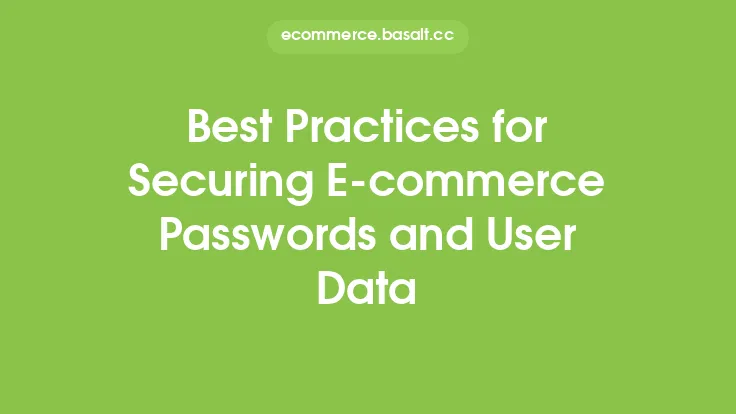As an e-commerce merchant, one of the most critical aspects of your online business is payment processing. It's the backbone of your operation, enabling you to receive payments from customers and keep your business running smoothly. However, with so many payment processing options available, it can be overwhelming to navigate the landscape and ensure that you're using the best practices to optimize your payment processing. In this article, we'll delve into the world of e-commerce payment processing, exploring the best practices that merchants can use to streamline their payment operations, reduce costs, and improve customer satisfaction.
Introduction to E-commerce Payment Processing
E-commerce payment processing involves the transfer of funds from a customer's account to a merchant's account, typically through a payment gateway or processor. The process typically involves several steps, including payment initiation, authorization, capture, and settlement. As a merchant, it's essential to understand the payment processing flow and how it affects your business. This includes being aware of the different types of payment methods, such as credit cards, debit cards, and alternative payment methods like PayPal and Apple Pay.
Best Practices for Payment Processing
To optimize your payment processing, there are several best practices that you can follow. Firstly, it's crucial to choose a reputable payment gateway that offers a range of payment methods, competitive pricing, and robust security features. You should also ensure that your payment gateway is integrated with your e-commerce platform, allowing for seamless payment processing and reducing the risk of errors or discrepancies. Additionally, you should implement a payment tokenization system, which replaces sensitive payment information with a unique token, reducing the risk of data breaches and fraud.
Payment Security and Compliance
Payment security and compliance are critical aspects of e-commerce payment processing. As a merchant, you're responsible for ensuring that your payment processing system meets the required security standards, such as PCI-DSS (Payment Card Industry Data Security Standard). This includes implementing robust security measures, such as encryption, firewalls, and access controls, to protect sensitive payment information. You should also ensure that your payment gateway is compliant with industry regulations, such as GDPR (General Data Protection Regulation) and CCPA (California Consumer Privacy Act).
Payment Method Options and Fees
Offering a range of payment method options can help to improve customer satisfaction and increase conversions. However, each payment method comes with its own set of fees and charges, which can eat into your profit margins. As a merchant, it's essential to understand the fees associated with each payment method and to choose a payment gateway that offers competitive pricing. You should also consider the costs of payment processing, including transaction fees, interchange fees, and assessment fees.
Payment Processing Optimization
To optimize your payment processing, you should regularly review your payment gateway's performance, monitoring metrics such as transaction success rates, decline rates, and average transaction value. You should also analyze your customer's payment behavior, identifying trends and patterns that can help to inform your payment processing strategy. Additionally, you should consider implementing payment processing optimizations, such as payment method prioritization, retry logic, and automated payment retries, to improve transaction success rates and reduce declines.
Customer Experience and Support
The customer experience is critical to the success of your e-commerce business, and payment processing plays a significant role in this. As a merchant, you should ensure that your payment processing system is user-friendly, intuitive, and secure, providing customers with a seamless payment experience. You should also offer multiple payment methods, including alternative payment methods, to cater to different customer preferences. Additionally, you should provide robust customer support, including payment-related support, to help resolve any issues or queries that customers may have.
Scalability and Flexibility
As your e-commerce business grows, your payment processing system should be able to scale to meet increasing demand. You should choose a payment gateway that offers scalability and flexibility, allowing you to easily add or remove payment methods, and to handle increased transaction volumes. You should also consider implementing a payment processing system that can handle multiple currencies, languages, and payment methods, to cater to a global customer base.
Conclusion
E-commerce payment processing is a complex and critical aspect of online business, requiring careful consideration and optimization to ensure success. By following best practices, such as choosing a reputable payment gateway, implementing payment security and compliance measures, and optimizing payment processing, merchants can streamline their payment operations, reduce costs, and improve customer satisfaction. As the e-commerce landscape continues to evolve, it's essential for merchants to stay up-to-date with the latest payment processing trends and technologies, to remain competitive and to provide customers with a seamless and secure payment experience.
